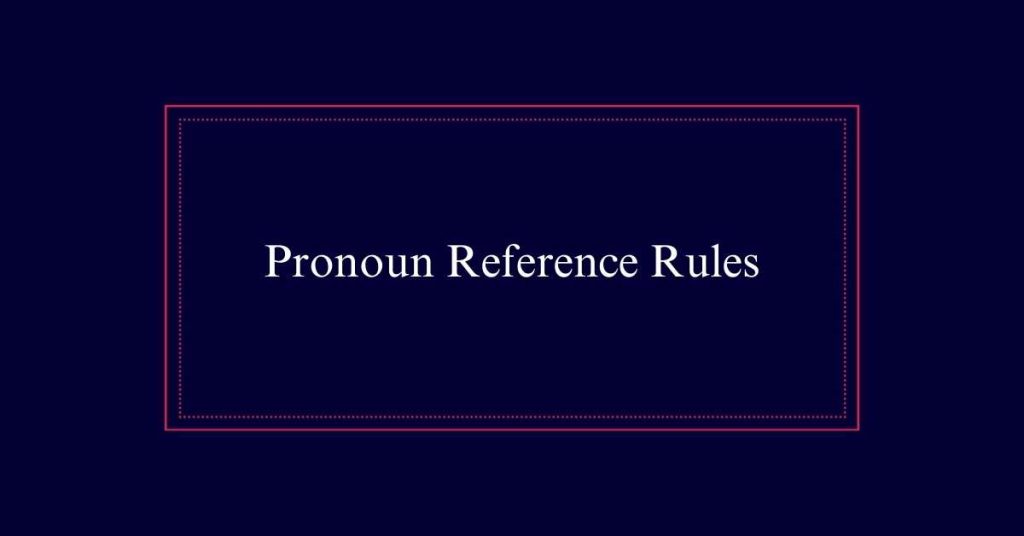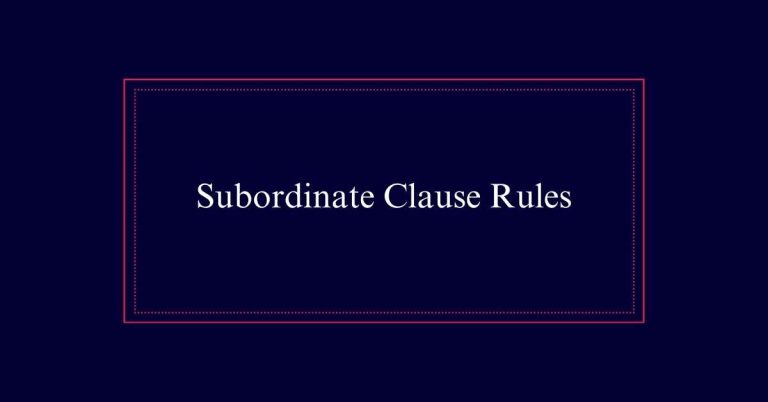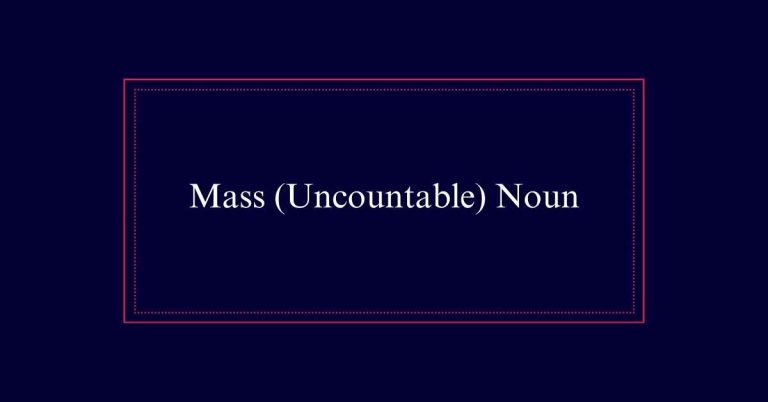Pronoun Reference Rules
Pronoun reference rules guarantee clarity and coherence in writing. Pronouns replace nouns to avoid repetition and maintain sentence flow. Each pronoun must clearly refer to a specific noun to avoid confusion. Ambiguous pronouns disrupt readability and obscure meaning.
To enhance clarity, guarantee pronoun-noun agreement, avoid unnecessary pronouns, and revise sentences as needed. For instance, replace ‘The professor told the student that he was late’ with ‘The professor told the student that the student was late.’
Definition of Pronouns
Pronouns are words that take the place of nouns in a sentence. They simplify sentences by standing in for specific names or things, such as ‘he,’ ‘she,’ ‘it,’ ‘they,’ and ‘we.’
By replacing repetitive nouns, pronouns make sentences easier to read and less cumbersome. For instance, instead of saying ‘John went to John’s car,’ one can say ‘John went to his car.’ This substitution helps maintain the flow of writing.
Pronouns must always clearly refer to their antecedents, the nouns they replace. Proper usage guarantees that the reader understands who or what is being talked about. Therefore, pronouns are essential tools for effective communication, as they enhance the readability and coherence of text.

Importance of Pronoun Clarity
Ensuring clarity in pronoun usage is vital for maintaining the readability and coherence of text. Clear pronoun references prevent confusion and ensure that sentences convey the intended meaning. When pronouns unambiguously represent their antecedents, the reader can easily follow the text’s logic. Conversely, unclear pronoun references can confuse readers and disrupt the flow of information.
| Issue | Impact | Solution |
|---|---|---|
| Ambiguity | Alters meaning | Use specific nouns |
| Misunderstanding | Leads to confusion | Ensure pronouns have clear antecedents |
| Muddled Sentences | Reduces readability | Check pronoun references |
| Incorrect Usage | Changes interpretation | Replace faulty pronouns |
Avoiding Pronoun Ambiguity
To avoid pronoun ambiguity, always make sure that each pronoun clearly refers to a specific noun. Ambiguous pronouns can confuse the reader and obscure the intended message.
For instance, in the sentence ‘When John met Peter, he was excited,’ it is unclear who ‘he’ refers to. Rewriting it as ‘John was excited when he met Peter’ or ‘When John met Peter, Peter was excited’ clarifies the meaning.
Additionally, if multiple nouns are present, consider repeating the noun instead of using a pronoun. This practice guarantees clarity. Using specific language and rephrasing sentences can eliminate confusion.
Common Pronoun Errors
Mistakes with pronoun usage often play a significant role in leading to confusion and misinterpretation. Common pronoun errors can disrupt the flow and clarity of writing. Misuse typically involves unclear or ambiguous references.
Here are some typical mistakes:
- Vague Pronouns: Using pronouns like ‘it’ or ‘they’ without clear antecedents.
- Pronoun Agreement: Mismatching pronouns with their antecedents in number or gender.
- Unnecessary Pronouns: Adding pronouns where the noun is clear, causing redundancy.
- Case Errors: Using the wrong pronoun form, like ‘me’ instead of ‘I.’
Examples of Faulty References
Faulty pronoun references often create confusion and misinterpretation in sentences.
For example, consider the sentence ‘When Jake finally found his dog, it was happy.’ Here, ‘it’ could refer to either Jake or the dog, leading to ambiguity.
Another instance is the sentence ‘Sarah told Emily that she needed to finish the report.’ It is unclear whether ‘she’ refers to Sarah or Emily.
A final example is ‘The board discussed the proposal, which they found interesting.’ The pronoun ‘which’ is unclear because it could refer to either the proposal or the discussion.
Such faulty references disrupt the flow and clarity of communication. Clear and precise pronoun usage is essential to convey the intended meaning effectively.
Clarifying Pronoun Use
Clear pronoun use is essential for effective communication. Pronouns should always have clear antecedents to avoid confusion. This guarantees that readers can easily follow the intended meaning of a sentence.
Here are some strategies for clarifying pronoun use:
- Replace Pronouns with Specific Nouns: When in doubt, use the specific noun instead of a pronoun.
- Confirm Pronouns and Antecedents Match in Number and Gender: This helps in maintaining clarity.
- Avoid Using Pronouns for Multiple Antecedents: This can lead to confusion and ambiguity.
- Review Sentences for Clear Antecedents: Ensure each pronoun clearly refers to one specific noun.
Replacing Ambiguous Pronouns
Replacing ambiguous pronouns is a crucial strategy for guaranteeing clarity in writing. Ambiguous pronouns can confuse readers and obscure the intended meaning. When a pronoun could refer to more than one noun, it is best to replace it with the specific noun it represents.
For instance, instead of writing ‘Sam told Alex that he needed to study,’ clarify by writing ‘Sam told Alex that Alex needed to study.’ This eliminates any confusion about who needs to study. Another method is to rephrase the sentence entirely to avoid pronouns.






